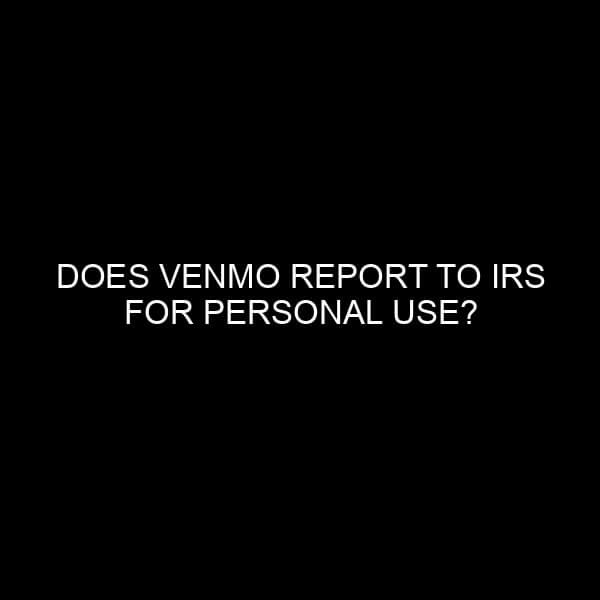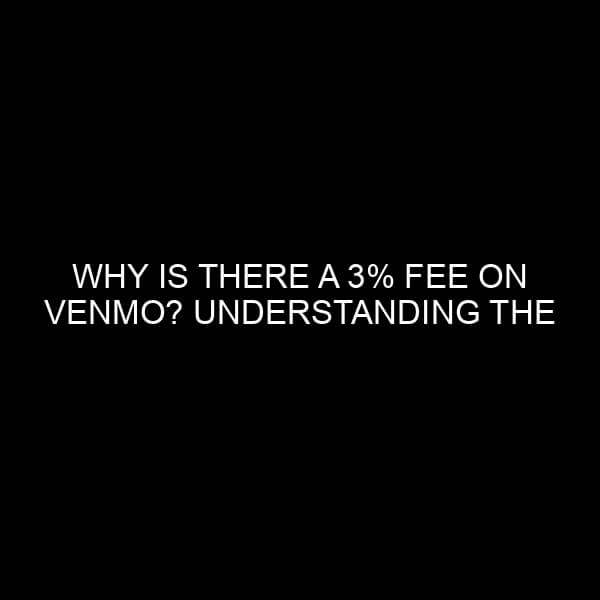Why Is Venmo Asking for My Bank Username and Password?
Venmo, a household name in peer-to-peer payment platforms, often raises eyebrows when it asks new users for their bank credentials. At first glance, handing over this information seems like a leap of faith. As a professional with a background in the financial market and banking industry, I’ve often been posed this question. Today, we’re going to unpack this seemingly complex topic. From how it’s essential for functionality to the built-in security measures, we’ll detail every aspect that revolves around why Venmo needs your bank details.
Understanding Venmo’s Mechanism
The Basics of Digital Transactions
Before diving into the specifics of Venmo, it’s essential to understand the foundational principles of digital transactions. Platforms like Venmo serve as intermediaries between two bank accounts, facilitating quick money transfers without the typical banking delay. For this rapid process to function seamlessly, the application requires a direct link to the user’s bank account.
The Role of Plaid
Venmo uses Plaid, a financial technology company, to link user bank accounts securely. Plaid provides a bridge between the application and thousands of financial institutions. When Venmo prompts users for their bank credentials, it’s essentially leveraging Plaid’s infrastructure to establish a secure connection with the user’s bank.
Plaid has established a solid reputation in the financial tech world. Besides Venmo, various other reputable platforms, including Betterment and Acorns, utilize Plaid’s services.
Delving into Security Concerns
Does Venmo Store My Bank Credentials?
This is the heart of the matter for most concerned users. The direct answer is no, Venmo doesn’t store your bank login credentials. When you provide your details, they are sent through Plaid, which connects to your bank, retrieves account information, and shares it with Venmo without storing your login data.
Bank-Level Encryption and Security Measures
Both Venmo and Plaid prioritize user security. Plaid uses end-to-end encryption to ensure that sensitive information, like your bank credentials, remains protected. Moreover, Venmo uses data encryption protocols to safeguard transactional information, ensuring that any data in transit is unreadable to potential hackers.
Regulatory Compliance
Venmo is compliant with the Electronic Fund Transfer Act (EFTA), which protects consumers engaging in electronic fund transfers. Additionally, Plaid adheres to the principles set forth by the Consumer Financial Protection Bureau (CFPB), ensuring user data is treated with the highest standards of protection and transparency.
The Advantages of Direct Bank Linking
Speedy Transactions
One primary reason for directly linking your bank account is the acceleration of transactions. With the direct connection, Venmo can facilitate real-time transfers, bypassing the usual multi-day waiting periods associated with traditional banking.
Enhanced User Experience
By accessing your bank’s transactional data (without storing personal credentials), Venmo offers a smoother user experience. It automatically verifies funds, allowing for seamless payments and reducing the chances of declined transactions due to insufficient funds.
Streamlined Verification Process
Direct bank linking allows Venmo to validate user accounts promptly. This not only enhances security by ensuring genuine account ownership but also creates a more trustworthy community of users.
Final Thoughts
It’s natural to approach digital platforms, especially financial ones, with a degree of caution. The request for bank credentials can be unnerving for many. However, understanding the mechanisms and security measures in place should offer some reassurance.
Venmo’s reliance on bank credentials is rooted in providing a swift, reliable, and user-centric platform. While it’s always essential to stay updated on best practices and potential threats in the digital age, in this particular instance, Venmo’s use of bank credentials via Plaid is designed with user security and experience at the forefront.
For those who remain skeptical, it’s always a good strategy to regularly update passwords, monitor bank transactions, and stay informed about potential phishing threats. In the digital age, vigilance combined with knowledge is our best defense.






